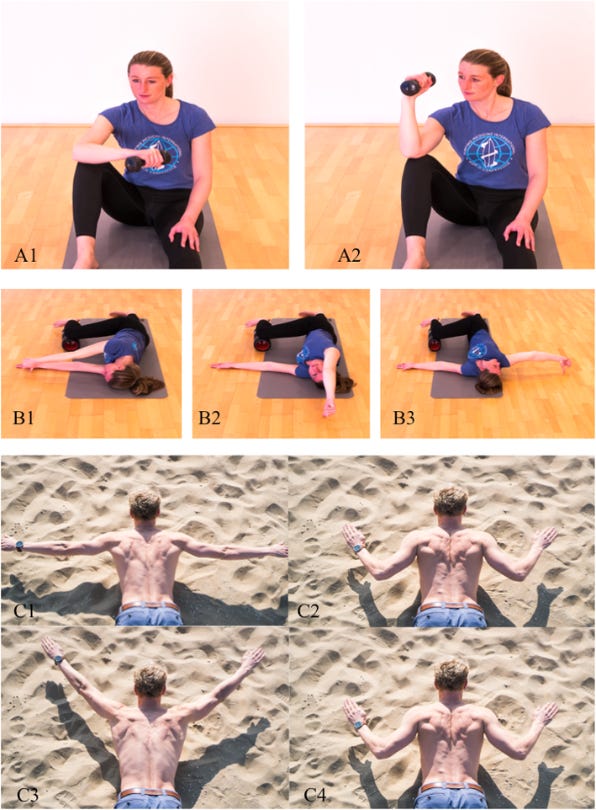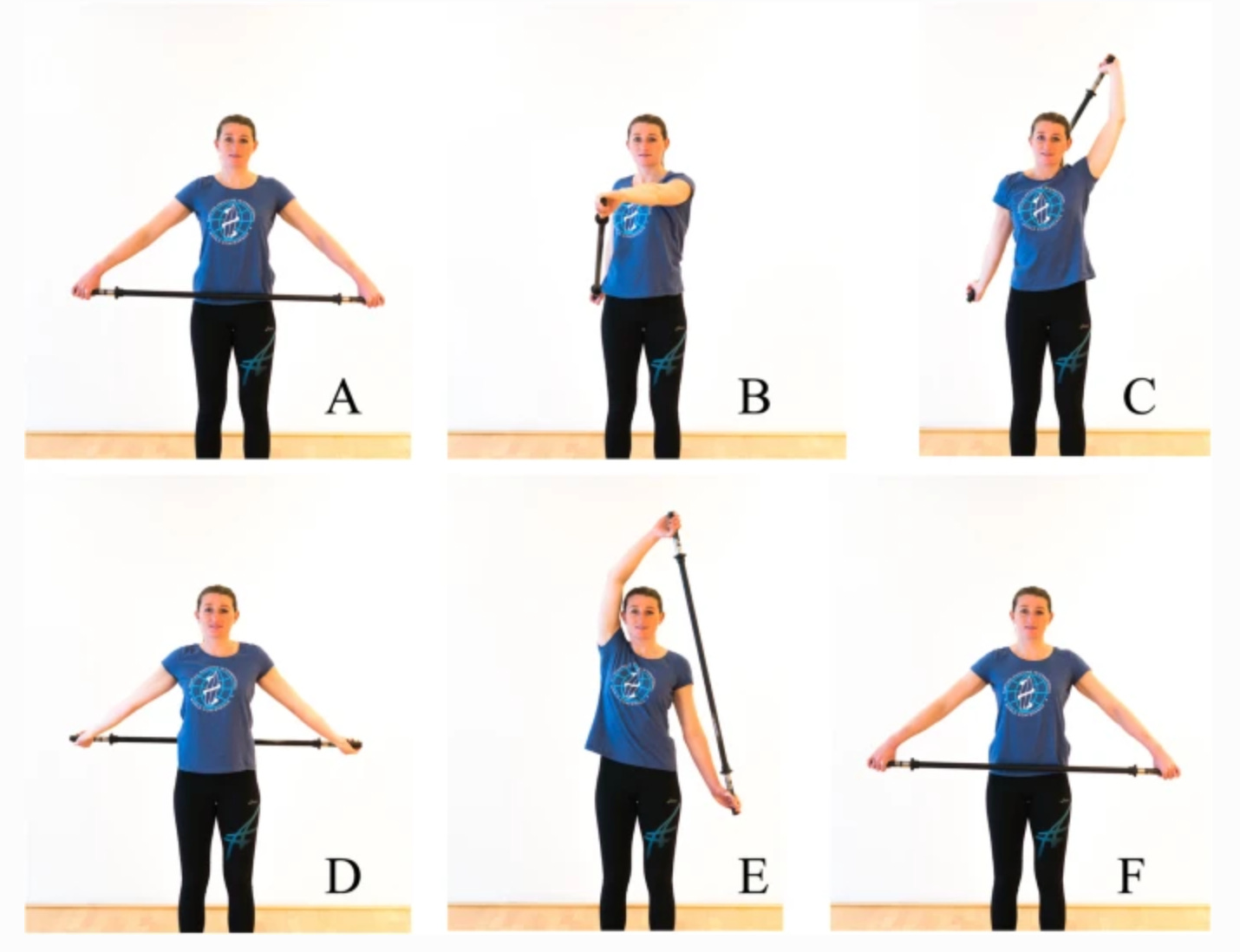The average surf session involves far more paddling than actual wave riding. While we chase the outside sets, our shoulders are busy with the repetitive motion of paddling out, duck diving, and paddling for waves - a pattern that can lead to some painful muscle imbalances.
The latissimus dorsi, or lats, power much of our paddling motion. These broad back muscles work alongside the chest and triceps during fundamental surfing movements like paddling and popping up. Traditional workout wisdom often pairs pulling and pushing exercises - pullups and pushups for example - as complementary movements, but when we examine the shoulder joint's mechanics during paddling, this approach misses some crucial details.
Your lats control two key motions: pulling your arm down from overhead and rotating your arm inward. During paddling, each stroke combines both movements - an internally rotated downstroke against water resistance, followed by external rotation as your arm recovers above the surface. A 2021 review, Langenberg et al., revealed that surfers typically develop insufficient external rotation strength because the recovery phase faces minimal resistance compared to the power stroke.

This muscle imbalance often creates problematic movement patterns. Strong, tight lats combined with shortened chest muscles pull the shoulders forward into that familiar hunched posture - the slouched, stare-at-a-screen-all-day posture. The resulting limited mobility sets the stage for shoulder impingement, where tendons rub against bone or tissue within the joint. Multiply this by thousands of paddle strokes per session, and shoulder pain becomes almost inevitable in the long run.

The research suggests specific exercises targeting external rotation strength, particularly in the rotator cuff and shoulder blade muscles. Equally important is maintaining thoracic spine mobility - that upper portion of your back that influences how your shoulder blades move. Limitations in upper back rotation, common among surfers, can compromise shoulder mechanics and increase injury risk.
Looking at how surfing loads our bodies, it's logical that we need deliberate work to balance these patterns. It’s tempting to try to focus strength training on the muscles we use most, but it is more important to have no weak links in the chain. This becomes especially crucial as we age - neglecting these imbalances could cut short our surfing longevity. Given that shoulder health significantly impacts quality of life in the golden years, investing time in shoulder maintenance now could pay dividends well beyond your surfing career.
Further Reading:
Lat Stretches




Really great summary of what’s going on there with the soldiers. I think I would question some of those exercises although other things I used to do I’ve learnt a ton in the last few years after lots of injuries and working with the lakes of the things that I’m gonna mention below
Some interesting things for you to maybe look at would be the work of Tom Myers anatomy trains looking at how the body and the muscle systems are encased in these big long chains in case in fascia then looking at something like Foundation training by Dr Erik Goodman really interesting way of working with those big long chains of muscles to create length strength and stability in the body whilst decompressing the lights of the spine and unwinding chronic tension
Give me a shout I actually teach and it be cool to run through a session and get your take on it no charge no expectation.
At 72, after over 60 years of surfing, I have never had a problem with shoulder pain. In my teens and twenties I would often surf two or three times a day and have continued surfing 3-5 times a week since. Starting in my late 20s I have done periods of general strength training, lasting 6-8 weeks, every couple of years and I have always used a 10-15 minute warm up and stretch before entering the water. I have had neck problems at times but these usually followed full head slams at speed. My point is that while all this is useful and we would hope physios are aware of the details, most of us do not need to over think things. When I look at the people I know of my own age very few do anything more strenuous than golf. Many also carry old sporting injuries that limit their activity. Surfing provides intense exercise with a very low injury rate, from either accident or over use. Know when to stop, know when you need a break and chances are you can have a long surfing life. I saw Felipe Pomar out in solid 6-8ft stuff in Indonesia a couple of years ago, his plan is still to be surfing at 100.